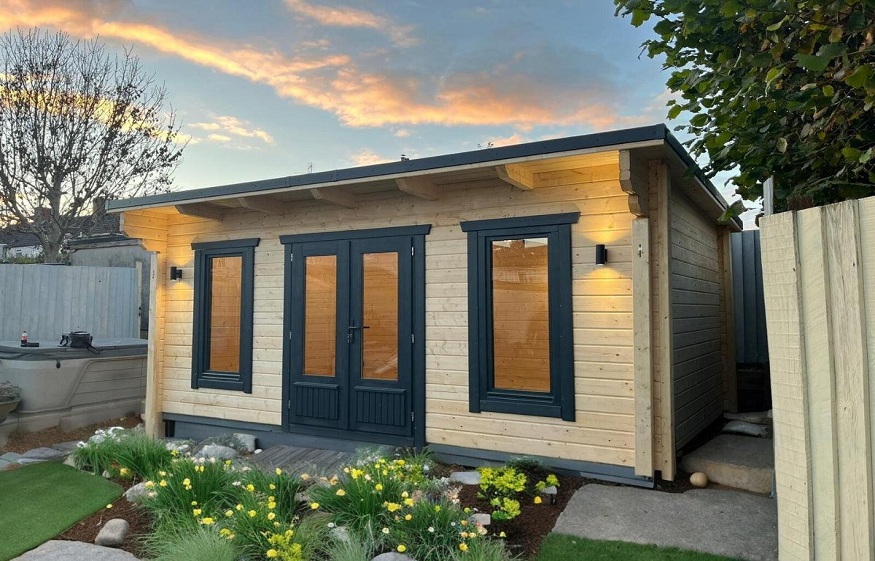Transforming a Log Cabin into a Counselling Room

Garden log cabins are fast becoming a popular choice for UK therapists looking to create a private and peaceful counselling space. If you’re considering making the shift, here’s how to turn a humble garden building into a serene and effective therapeutic retreat.
1. Choose the Right Location
Position your cabin in a quiet part of your garden, ideally away from the main house and traffic noise. This ensures both privacy and a tranquil atmosphere, setting the tone for effective therapy sessions.
2. Interior Matters: Comfort and Calm
Therapy is deeply personal, so your environment should reflect warmth, safety, and calm. Use warm tones, comfortable seating, soft textiles, and thoughtful decor. Plants, soft lamps, and artwork can help clients feel at ease.
3. Temperature and Insulation
UK weather is unpredictable, so ensure your log cabin is fully insulated. Consider adding a small electric heater or climate control system to maintain a comfortable temperature year-round.
4. Soundproofing for Confidentiality
Confidentiality is a cornerstone of counselling. Install soundproof panels, thick rugs, and insulated doors/windows to block out noise and keep conversations private.
5. Practical Layout Tips
Avoid clutter and ensure enough space for two chairs and a table, with a warm, welcoming entry area. Keep tissues, water, and notepads nearby. Maintain a balance between professional and homely.
6. Connectivity and Accessibility
If you offer remote or hybrid therapy, ensure strong Wi-Fi reaches your cabin. For in-person sessions, provide clear access, lighting for evening appointments, and good signage.
With thoughtful design, a log cabin can become a restorative space for both clients and therapists. Whether you’re just starting out or transitioning from a rented office, your garden cabin can offer the ideal blend of professionalism and personal comfort.



Average Rating